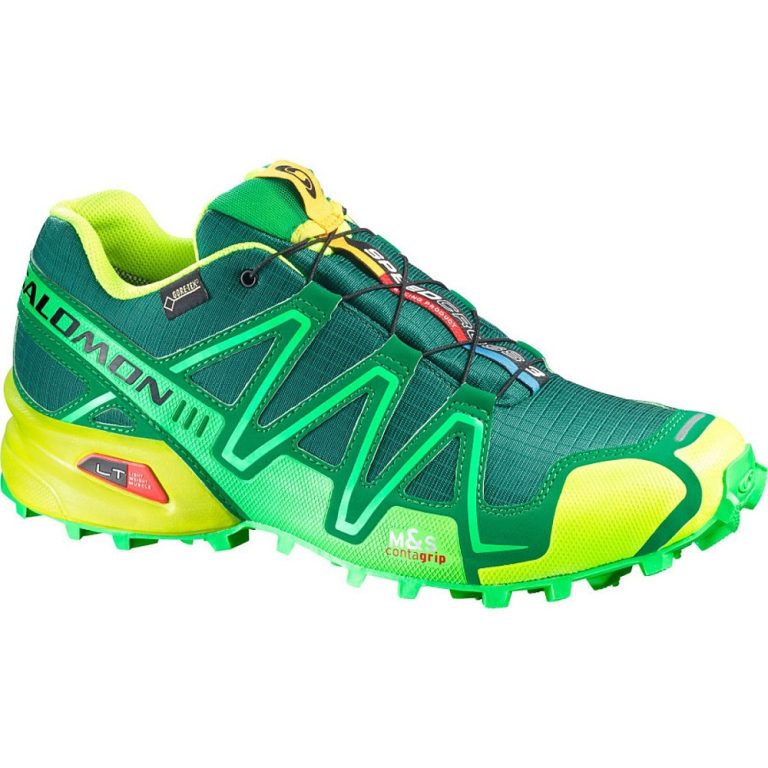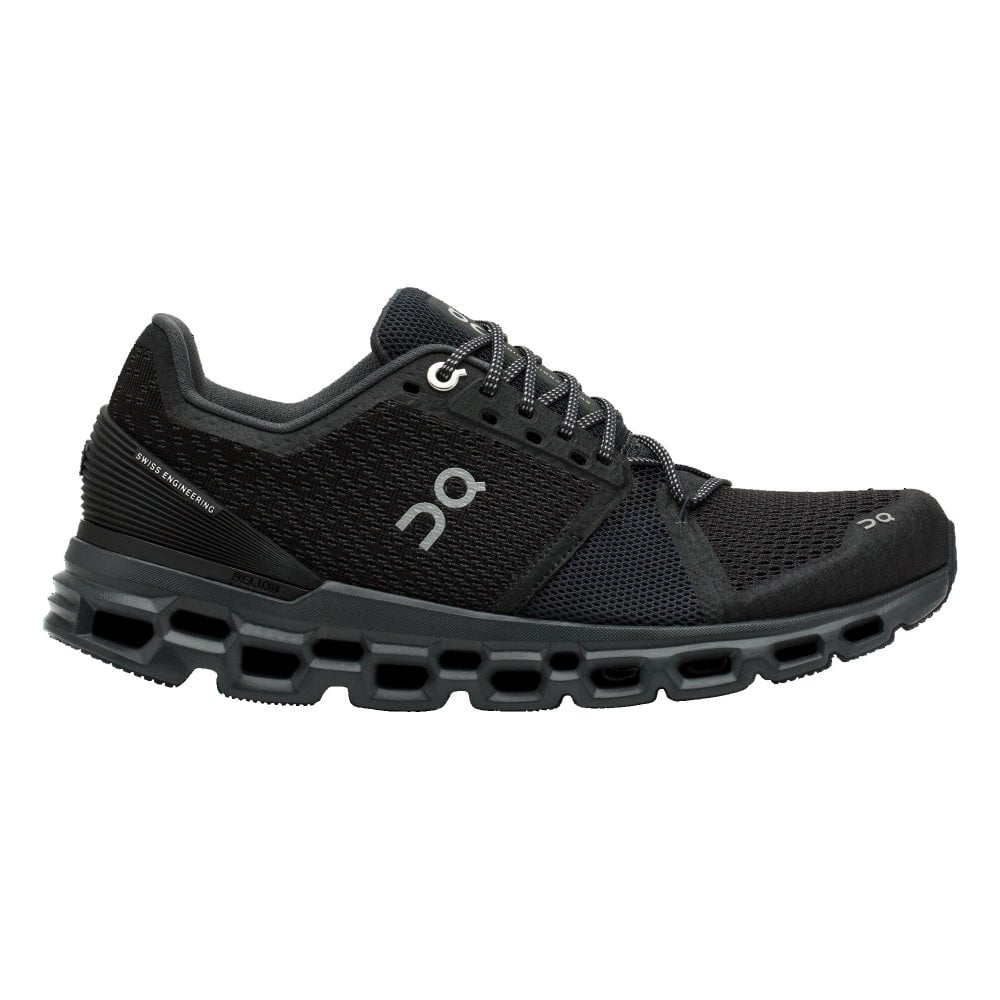
Road Running Shoes for Men: How to Choose the Perfect Fit
Choosing the right pair of road running shoes is essential for every male runner at any level. The right footwear can make a significant difference in comfort, performance, and injury prevention. With so many options on the market, it can be overwhelming to decide which shoes are best suited for your unique needs. This guide will provide insights into the features to look for in road running shoes for men, how to determine your foot type, and tips for finding the perfect fit.
Importance of Road Running Shoes
Enhancing Performance
Road running shoes for men are specifically designed to provide the support and cushioning needed for running on hard surfaces like pavement. Unlike casual shoes or cross-trainers, running shoes promote better performance by facilitating proper foot mechanics. A good pair can help runners achieve their time goals, allowing for improved speed and efficiency.
Injury Prevention
Wearing the right running shoes plays a crucial role in preventing injuries. Poor-fitting shoes can lead to blisters, calluses, and more serious issues like shin splints, plantar fasciitis, and Achilles tendonitis. A well-fitting shoe that caters to your foot shape and running style helps absorb impact, reduce stress on joints, and lower the risk of injury.
Comfort for Long Distances
Comfort is key for long-distance running. A shoe that fits well will reduce fatigue and discomfort during runs. With proper cushioning and support, runners can stay focused on their goals instead of dealing with aches and pains. Choosing the right running shoes can elevate your overall experience and confidence on the road.
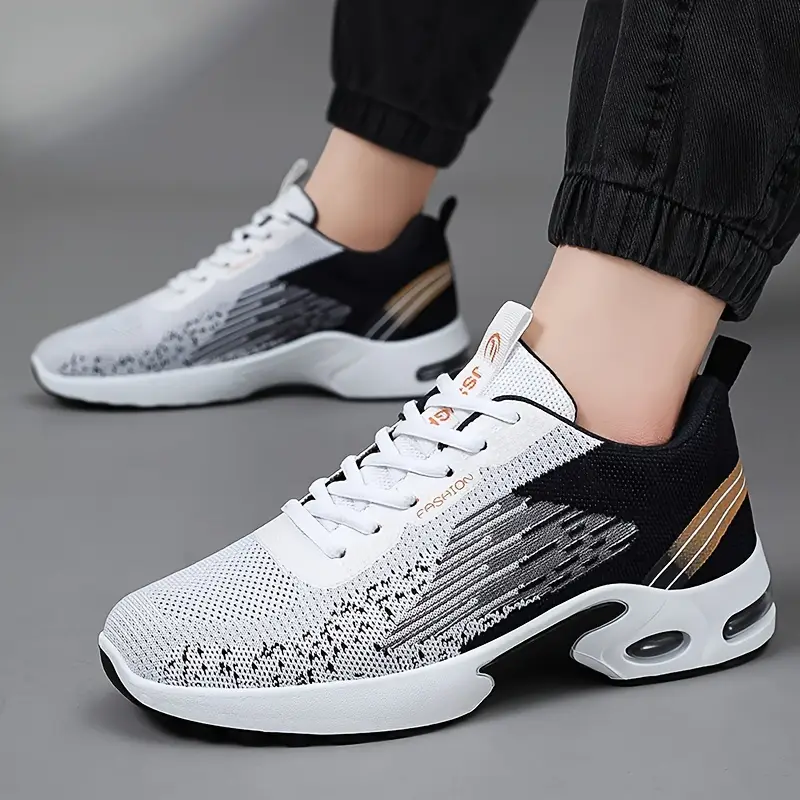
Key Features of Road Running Shoes
Cushioning
Cushioning is a vital element in road running shoes for men. It absorbs impact and provides comfort. Different shoes offer varying levels of cushioning, from minimal to maximal cushioning. If you prefer a lightweight shoe for speed, a minimalist design may be the right choice. However, for longer distances, more cushioning is often beneficial for reducing fatigue and pressure on your feet and joints.
Support and Stability
Support in running shoes is crucial for maintaining proper alignment and foot position. Look for shoes with adequate arch support that fits your foot type. Stability features can be especially beneficial for runners who overpronate, meaning their feet roll inward as they run. Many brands offer shoes designed specifically for stability, featuring additional support structures to help keep your feet aligned.
Breathability
Breathability in shoe materials is another important consideration. Look for shoes made with breathable mesh uppers that promote airflow. This feature helps regulate temperature and moisture levels in the shoe, making your run more comfortable. Shoes that trap heat can lead to discomfort and blisters, especially during warmer months.
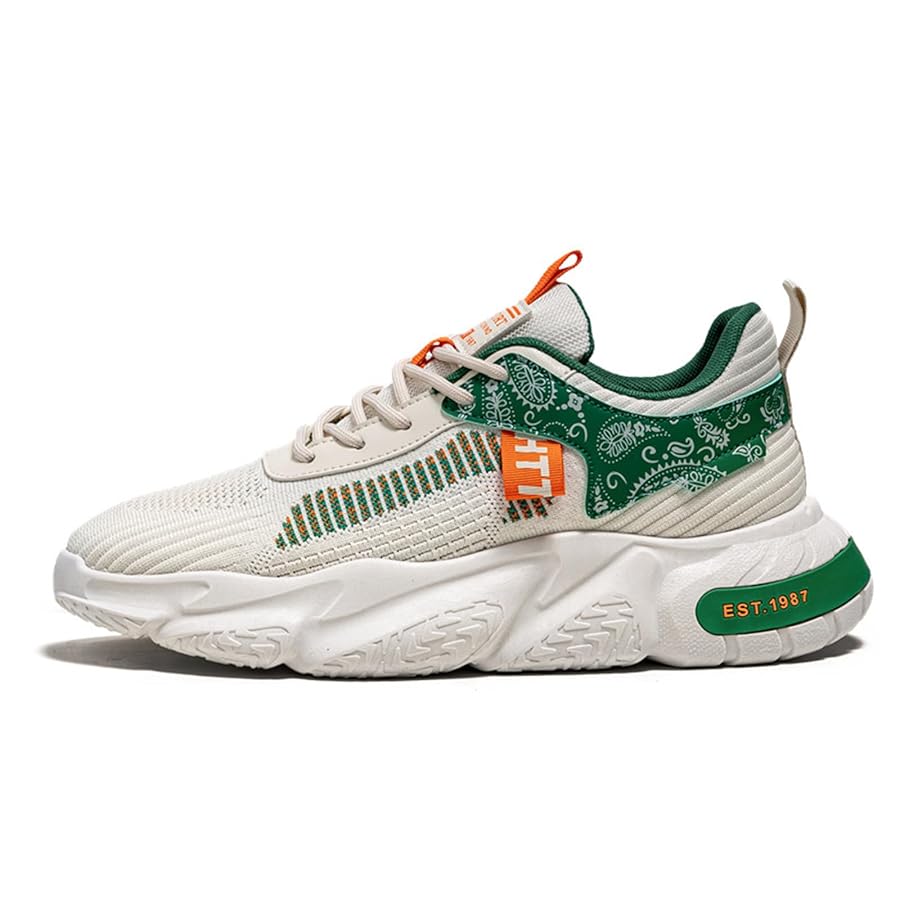
Understanding Your Foot Type
Flat Feet Versus High Arches
Understanding your foot type is essential when selecting road running shoes. Flat feet lack a defined arch and require shoes with extra support and cushioning. Conversely, high arches can lead to improper weight distribution, often benefiting from a shoe with increased cushioning and minimal stability features. Knowing your foot type helps narrow down choices to the most suitable footwear for your needs.
Pronation Assessment
Pronation refers to the natural movement of your foot during a run. Normal pronation involves a slight inward roll of the foot, while overpronation is excessive rolling inward, and underpronation (or supination) is less inward rolling. Runners can assess their pronation by observing wear patterns on shoes or seeking professional gait analysis at running specialty stores. Identifying your pronation type can guide you to the right shoe, enhancing comfort and effectiveness.
How to Measure Your Foot
Proper Measurement Techniques
Measuring your foot accurately is important for finding the right shoe size. Start by measuring your feet in the afternoon when they are likely to be slightly swollen. Place a piece of paper under your foot, trace the outline, and measure the length from the heel to the longest toe. Repeat this step for both feet, as they often differ slightly in size. Use the longer measurement to determine your size.
Consider Width and Volume
In addition to length, foot width and volume are crucial factors in fitting running shoes. Many brands offer narrow, standard, and wide options to cater to different foot shapes. After measuring your feet, it can be helpful to try on shoes in various widths to find the most comfortable fit. This consideration ensures that shoes are neither too tight nor too loose, allowing for adequate support during runs.
Choosing the Right Running Shoes
Seeking Expert Advice
When purchasing road running shoes, it can be incredibly beneficial to seek advice from knowledgeable staff at specialty running stores. These professionals often have experience assessing foot types, running styles, and the best shoe options for various needs. Don’t hesitate to ask questions and share your running goals, as this information helps them make informed recommendations.
Trying Shoes On
When trying on running shoes, ensure you wear the socks you plan to use during your runs. Stand and walk around in each pair you try on to assess comfort. Pay attention to how the shoes feel around your arch, toe box, and heel. There should be enough room in the toe box to wiggle your toes comfortably without feeling squished. The heel should fit snugly without slipping. It’s essential to take your time during this process to find the best fit.
Test Run
Many specialty running stores offer a “test run” policy, allowing you to take the shoes for a short jog outside or on a treadmill. This opportunity is invaluable for assessing how the shoe performs during actual running. Pay attention to any discomfort or issues that arise during this trial to determine if a particular model is right for you.
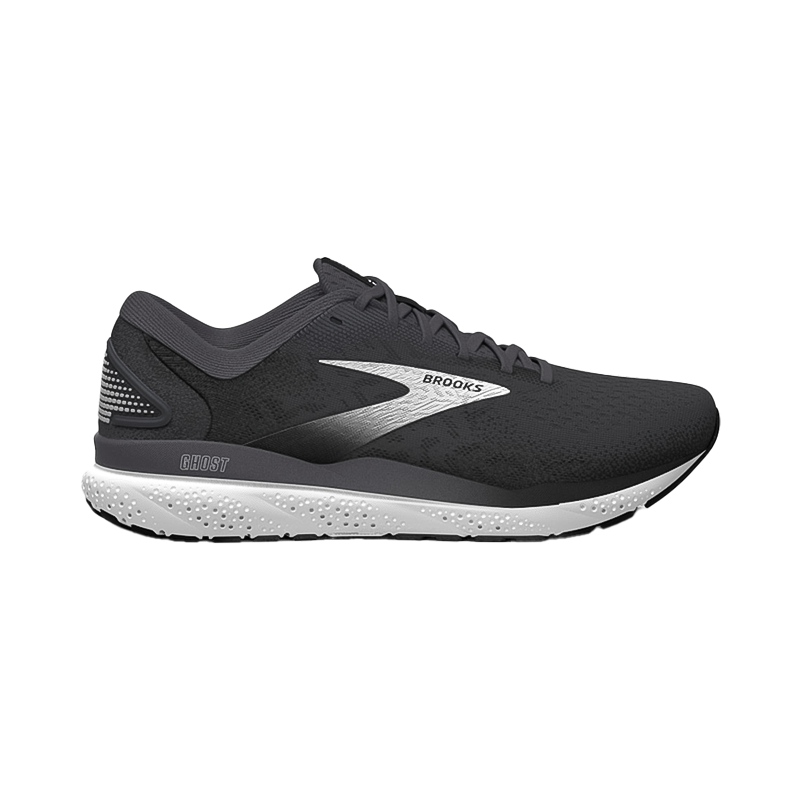
The Importance of Break-In Period
Understanding Break-In Timelines
Most running shoes require a break-in period to adjust comfortably to your feet. This process generally allows the materials to soften and conform to your foot shape. Typically, a break-in period of 10 to 20 miles is recommended for most shoes. Avoid pushing yourself too hard during this initial phase, as any discomfort you experience may indicate that the shoes are not suitable for your needs.
Listening to Your Body
While breaking in your shoes, it’s crucial to listen to your body. If you experience persistent pain or discomfort, it may be necessary to reassess your shoe choice. It’s important to ensure that your running shoes enhance your experience rather than detract from it. Consider gradually increasing your mileage in the new shoes to gauge how your body responds.
Caring for Your Running Shoes
Regular Cleaning
Maintaining your running shoes extends their lifespan and ensures optimal performance. Regularly clean the upper fabric and sole to remove dirt and debris. Most running shoes can be cleaned with mild soap and water. Avoid putting them in a washing machine, as this can damage the materials and affect their fit.
Proper Storage
When not in use, store your running shoes in a cool, dry place, away from direct sunlight. Avoid leaving them in damp or humid conditions, as this can lead to mold and odor development. Use a shoe tree or stuff them with newspaper to help retain their shape when stored.
Monitoring Wear and Tear
Keep an eye on the wear and tear of your shoes. The outsole is the first area to show signs of deterioration. If you notice excessive wear on the tread or if the cushioning feels flat, it may be time to replace your running shoes. On average, running shoes should be replaced every 300 to 500 miles.

Embracing Technology in Running Shoes
Advancements in Shoe Design
The world of running shoes is constantly evolving. Innovative materials and technologies enhance performance and comfort. Brands are now incorporating breathable mesh, adaptive cushioning systems, and carbon-fiber plates for added energy return. Staying informed about these advancements can help you select shoes that better suit your running style and preferences.
The Role of Footwear Technology
Some shoes now feature foot-scanning technology that analyzes your foot shape and gait patterns. With this information, you can find the perfect fit tailored to your specific needs. Additionally, some brands offer customizable features, allowing you to design shoes that cater to your style and comfort requirements.
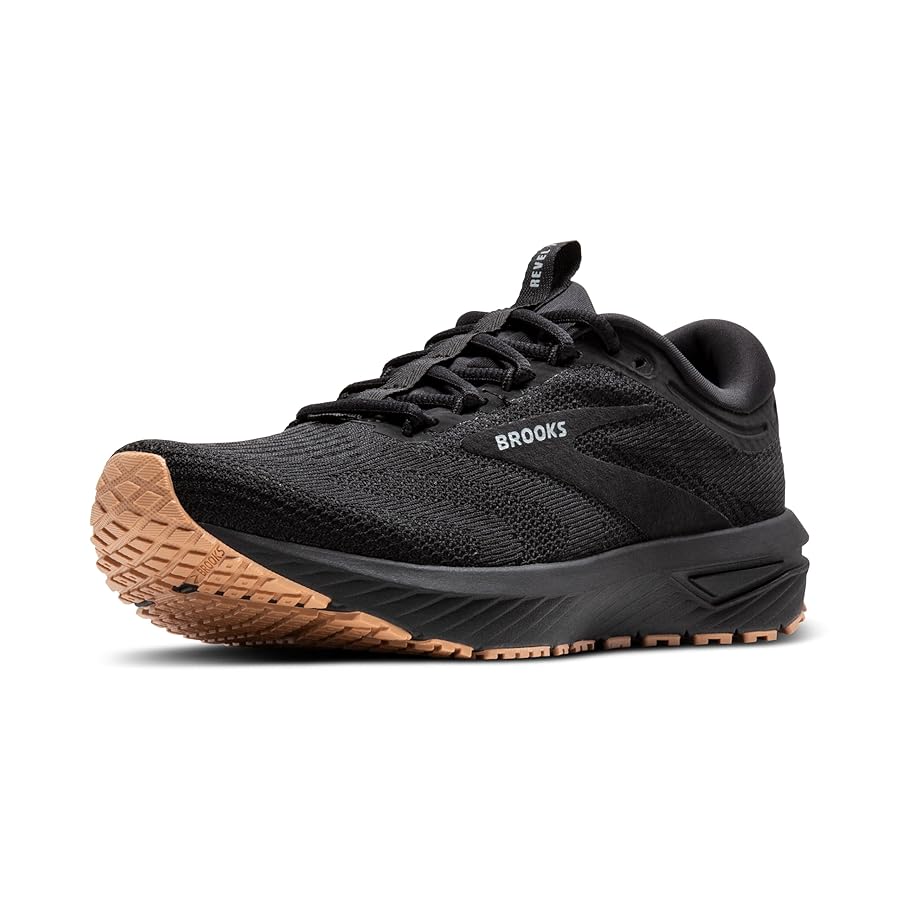
Conclusion: Finding Your Perfect Pair of Running Shoes
In conclusion, selecting the right road running shoes for men is crucial for achieving comfort and performance during your runs. Understanding the importance of factors like sizing, fit, and technology can greatly enhance your running experience. Investing in quality running shoes will not only improve your performance but also minimize the risk of injury.
Focus on Personal Preferences
Take the time to evaluate your preferences and needs when shopping for road running shoes. Each runner has unique requirements based on foot shape, running style, and activity level. By focusing on these aspects, you’ll be able to find a pair of shoes that aligns with your personal preferences.
Enjoy Your Running Experience
As you embark on your running journey, cherish the experiences along the way. With the right shoes on your feet, you will feel more confident and prepared to tackle your goals. Embrace the joy of running, stay active, and make the most of every mile ahead!

